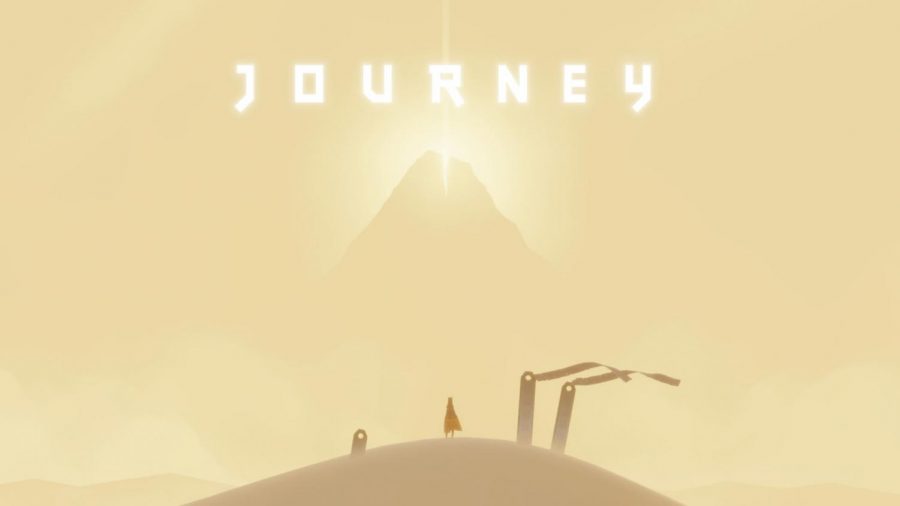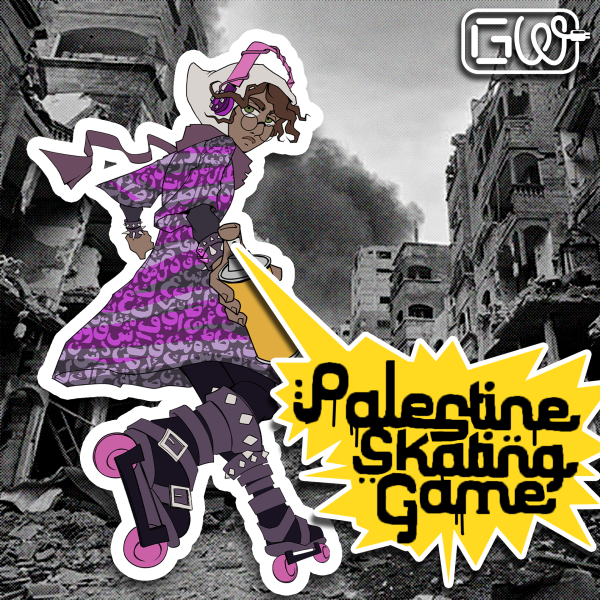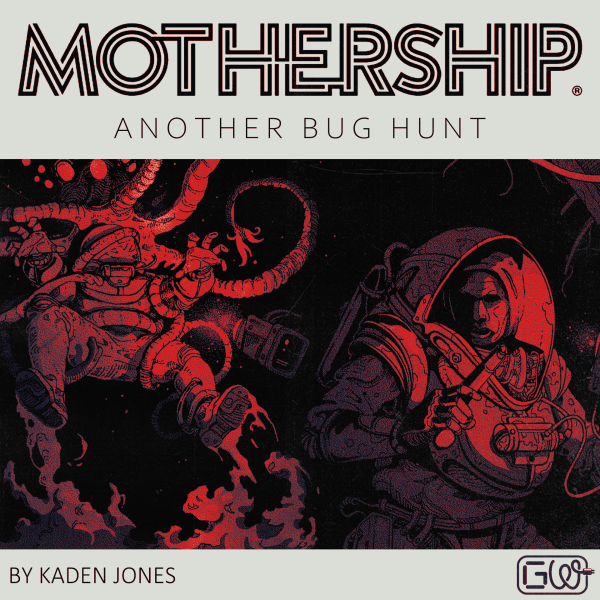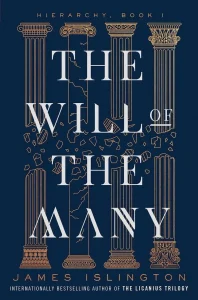Journey and Visual Storytelling
May 27, 2021
When it comes to story, many games focus on dynamic characters, interesting dialogue, and amazing voice acting. These three things became a huge part of video game storytelling. However, Journey threw all of that out the window. The developers, Thatgamecompany and Santa Monica Studio, decided that the main focus regarding storytelling would be visuals, and they pulled it off incredibly well. Journey shows this through combining a beautiful atmosphere and engaging deep storytelling to create adventurous areas with scrolls that hold the past.
Keep Moving Forward
Though it is never specifically said, it’s clear that the goal of the game is to make it to the top of a mountain.

The mountain is captivating whenever it appears. It acts as a lighthouse calling for you while you traverse through each area. The mountain is a beautiful and domineering sight. As a result, the indoor areas are unnerving. You no longer know how close the mountain is, its light is hidden, and you must make your way blindly. This atmosphere of being lost in the unknown encourages you to find the light again, to find the mountain again. In tandem, outside areas are much more calming as they visually show your progress, with the mountain getting closer as the game progresses. You’re motivated to move forward to find what’s at the top and uncover the mountain’s meaning.
There never is a clear explanation given to the player for your motivation to reach the mountain or what waits for you there. However, the sight of the mountain makes you motivated to keep moving forward.

A Sense of Adventure
The best part of Journey’s storytelling is that the visuals really sell how dynamic your adventure is. You can glide through the eight areas: The Beginning, The Bridge, The Desert, The Descent, The Tunnels, The Temple, The Mountain, and The Summit. Different types of fabric creatures help you gain momentum to launch into the sky. The longer your scarf is, the more time you can spend in the air. Not only that, but each area acts differently. One moment you’re sand skating through breathtaking environments. The next, you’re in a watery-like underground with large, floating enemies that attack you if you cross their line of sight. You’ll find yourself on an upward climb through an ancient temple, then trudging through heavy snow, taking cover from snowstorms. Every area brings something new. This variety exemplifies the sense of adventure on your journey to the mountain across different biomes.
The Present Mimics The Past
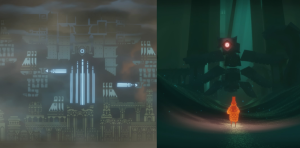
To move from area to area, you’ll notice structures that you must light up. This lights up a circle for you to rest and meet a mysterious figure. Who is this mysterious figure, you ask? Honestly, I don’t have a clue. What I do know is that the figure importantly fills in the illustration on a historic scroll. This red scroll fills with gold and white art as you awaken each shrine. Surprisingly, the illustrations reveal the area you just completed surrounded by people that look like your character. It’s like the game is telling you that you’re walking in the footsteps of your ancestors. A sense of connectedness overtakes you as your struggle turns into a meaningful quest. You’re becoming a part of the history of traversing to the mountain.
Conclusion
Journey went the rarely explored route away from conventional dialogue storytelling and became much better for it. The mountain is visually powerful but also a comforting sight. It’s a symbol of completion that catches your eyes whenever possible. With a clear goal in sight, the game makes sure your adventure is enjoyable. The dynamic environments mixed with stunning visuals elevate the sense of achievement at the end. You get to experience past adventurers’ feelings and obstacles, which makes the replayability more sentimental. Journey’s visual storytelling shines through the mystifying mountain, atmospheric venture, and the sense of unity with the past.

